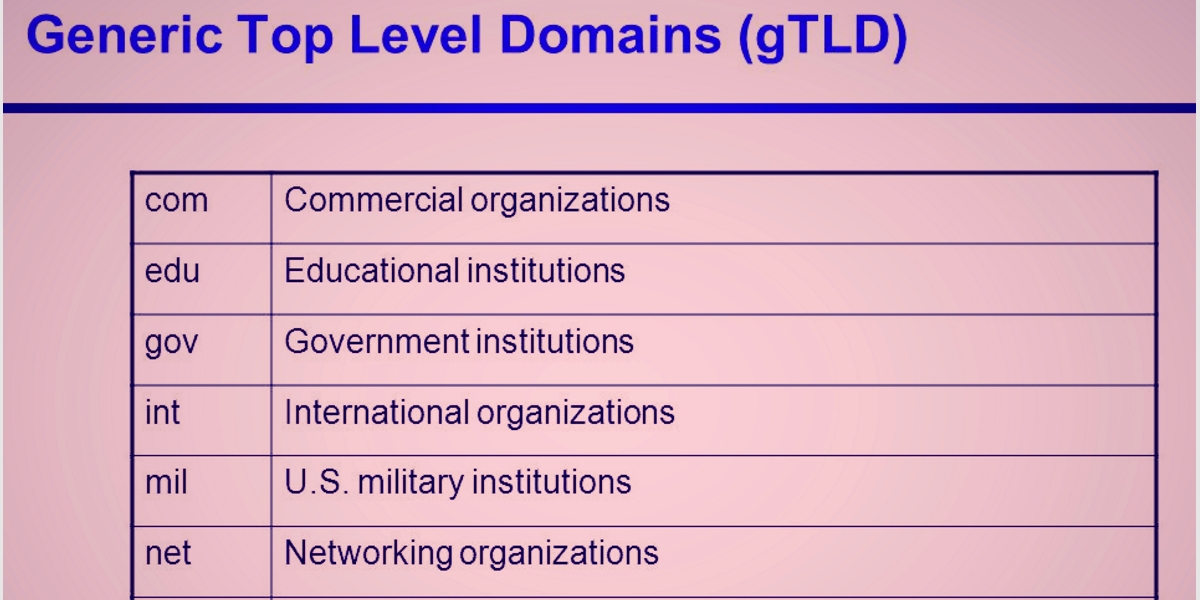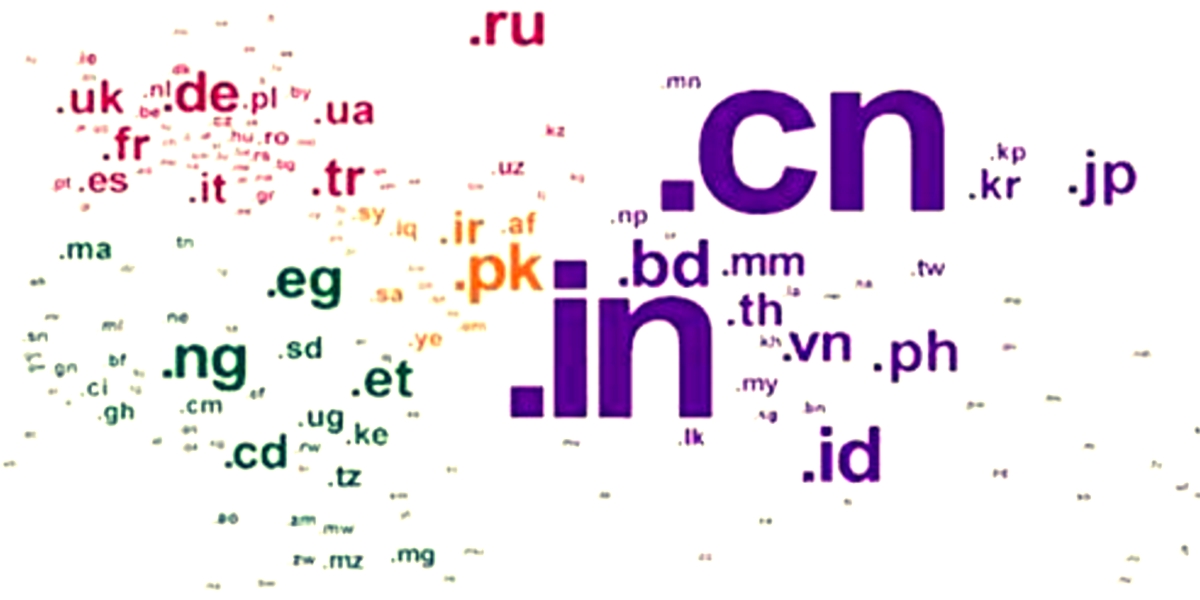
If you are a business person and have spent much time around Web Hosting Company, you’ve probably noticed that most of them provide domain name registration services too. The mission is to grow your business making it presence online reaching the vast majority of potential customers and there’s no better way to promote your business product and services than by simply registering your domain name and hosting your website from the web server. Here the things start to get a bit more complicated when there are several domains for you to choose from and you don’t know which one best fits for you!
That’s why I’m too excited to share things about what domain name is, its types and with the same post you will know which type of domain best fits your plan. We’ll get into the nuances of each in a moment. But let’s start off with Domain name definition.

What is Domain Name?
Domain name also referred to as web address is the part of a network address which identifies it as belonging to a particular domain for internet users. When people are seeking for specific website on the web, it is the IP address that establishes the connection between the PC and that website. Each registered domain name is unique and can’t be registered with the same name twice by anyone else.
For instance, the domain name agmwebhosting.com may resemble about a dozen of IP addresses. To recognize particular web pages on the internet, domain names are used in URLs. As web are not based on domain names rather on IP addresses, every web server, therefore, necessitates Domain Name System (DNS) server to convert domain names into associated IP number.

An IP address is a numeric form comprising of strings and numbers that distinguish a specific PC associated with the internet where the website is facilitated. It consists of four part separated by periods (dab), for instance, 192.168.225.215 where 192 implies the network, 168 and 225 implies sub-systems and 215 points to PCs itself. It can be up to 63 characters long and must have to start with a letter and may consists of digits or hyphens too in between the sub-systems, which acts as a pointer to a unique IP address on a computer network. For example, in the URL http://www.agmwebhosting.com, the domain name is agmwebhosting.com. That address may host website, or may be a private intranet. To put it in simpler way, IP addresses are PC inviting, whereas domain names are human-accommodating. Domain names, therefore offer a more natural way to recollect the particular website, you might be seeking for on the internet.
A web domain name always ends with an extension of 2 or 3 characters. These characters can signify the country the website address is associated with or the type of organization; but this isn’t always the case – more on that below.
How does Domain Name work?
Computers and other network devices on the web use an IP number to direct your request to view the website site you’re approaching for. As DNS is essentially the phone book and aids site visitors to direct to your website by converting the domain name into its associated IP number. Thus, it is better to thank for the DNS system, though, you don’t have to keep your own address book of IP addresses. Instead, you just connect through a domain name server that manages a massive database mapping domain names to related IP addresses.
Different Types of Domain Names
The various types of domain name are classified below so that you could understand in a more convenient way.
Top-Level Domain (TLD)
These are the highest level domains in the internet’s DNS structure and refers to the suffix or last part of the domain name. Such as:
- .com – commercial business (the most commonly used TLD)
- .org – organizations (typically, nonprofit)
- .gov – government agencies
- .edu – educational institutions
- .net – network organizations
- .mil – military
- .net – Network organizations
TLDs are classified into three broad categories: Generic top-level domains (gTLDs) and country-code top-level domains (ccTLDs).
i. gTLDs – Generic Top Level Domain such as business.com, business.org
ii. ccTLDs – Country Code Top Level Domains such as business.edu.np, business.com.in
iii. IDN ccTLDs – Internationalized Country Code Top Level Domains
- Generic Top-Level Domain (gTLDs) is a generic top-level domain name that identifies the domain category associated with it. What is more, they are called generic for historic reasons; initially, they were contrasted with country-specific TLDs. It can be registered by anyone, anywhere around the globe. Some examples of gTLDs includes .com, .org, .edu, .info, .biz, .net, etc. However, some of the recently released gTLDs have various restrictions.

- Country Code Top-Level Domain (ccTLD) is a two-letter domain extension developed for country or a geographic location. Some examples of ccTLDs includes .uk, .np, .in, .au, etc.

- Internationalized Country Code Top Level Domain (IDN ccTLDs) is a specially encoded format that allows it to be displayed in a non-Latin character set (i.e. special characters).

In addition, nTLDs refers to new top-level domain names that are geared towards brands organizations and services, as they’re more customized, flexible and relevant. Examples of nTLDs include “.voyage”, “.app”, “.ninja”, “.cool”, etc.
What is Sub-domain?
Domain ideally is registered by the registrar company, however subdomain can be created by the domain owner for ease purpose to direct the URL to the particular web page to which the visitors are keenly seeking for. For example, www.agmwebhosting.com is a domain, whereas the sub-domain could be blog.agmwebhosting.com. It is a part of higher ranked domain name in DNS hierarchy.
How to choose a Domain Name?
You must also be aware of the choosing domain name procedure as because many times the visitors who wants the information in your website might not be able to approach you if you do not assure considering these points when registering your domain name from the domain registrar company. To allow more visitors to visit your website, you need to consider these tips:
- name must be easy to type and pronounce
- pick a name that can be turned into brand
- create short and simple name
- avoid picking those names which might confuse with existing brands.
- make use of relevant extension to your domain name
- ensure your domain name need to be closer to your business service and products
Conclusion
In this post, I’ve covered what domain is and what are its various types that are prominent in today’s world. Now, if you wish to pick specific domain name, I am 100% sure that you will consider all this point making wiser decision before registering that particular domain from the well-known registrar company.
